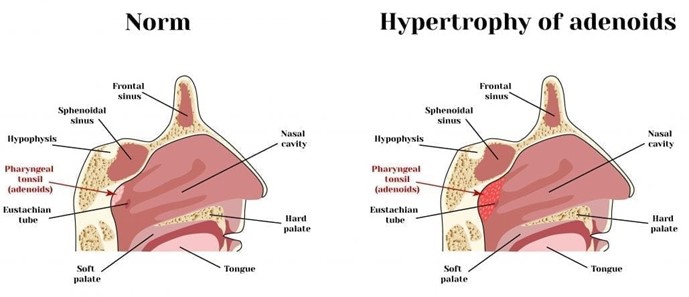Parents of a school-age child with hemophilia ask the nurse, “Which sports are recommended for children with hemophilia?” Which sport should the nurse recommend?
Soccer
Swimming
Basketball
Football
The Correct Answer is B

Swimming is one of the best sports for people with hemophilia because it strengthens the muscles without putting stress on the joints. Swimming is also recommended by most sports physicians and hematologists for patients with hemophilia.
Choice A is wrong because soccer is a contact sport that can cause injuries and bleeding episodes in people with hemophilia. Soccer is not recommended by most sports physicians or hematologists for patients with hemophilia.
Choice C is wrong because basketball is also a contact sport that can lead to injuries and bleeding episodes in people with hemophilia. Basketball may be safe for young children, but the risk increases with the intensity of the game.
Choice D is wrong because football is a collision sport that can cause severe injuries and bleeding episodes in people with hemophilia. Football is not recommended by most sports physicians or hematologists for patients with hemophilia.
Normal ranges for hemophilia are:
- Mild hemophilia: 5% to 40% of normal clotting factor
- Moderate hemophilia: 1% to 5% of normal clotting factor
Severe hemophilia: less than 1% of normal clotting factor
Nursing Test Bank
Naxlex Comprehensive Predictor Exams
Related Questions
Correct Answer is D
Explanation
Therapeutic management includes the administration of gamma globulin and aspirin. This is because Kawasaki disease causes inflammation in the walls of small to medium-sized blood vessels that carry blood throughout the body and can lead to complications such as coronary artery aneurysms. Gamma globulin is an intravenous immunoglobulin that can reduce the risk of these complications, and aspirin can help lower fever and inflammation.
Choice A is wrong because the child’s fever is usually not responsive to antibiotics within 48 hours. Kawasaki disease is not caused by a bacterial infection, so antibiotics are not effective.
Choice B is wrong because the principal area of involvement is not the joints. Kawasaki disease affects mainly the blood vessels, but it can also cause swelling in glands (lymph nodes) and mucous membranes inside the mouth, nose, eyes and throat. Joint pain or swelling may occur, but it is not the main feature of the disease.
Choice C is wrong because aspirin is not contraindicated. Aspirin is part of the standard treatment for Kawasaki disease, along with gamma globulin. However, aspirin should be used with caution and under medical supervision, as it can cause Reye’s syndrome in children with viral infections.
Correct Answer is D
Explanation

This is because toddlers continue to have the short, straight internal ear canal of infants.
The lymphoid tissue of the tonsils and adenoids continues to be relatively large. These two anatomic conditions combine to predispose the toddler to frequent infections.
Choice A is wrong because respirations are abdominal. This does not affect the susceptibility to infection.
Choice B is wrong because pulse and respiratory rates are slower than those in infancy. This also does not affect the susceptibility to infection.
Choice C is wrong because defense mechanisms are less efficient than those during
infancy. This is not true, as the defense mechanisms are more efficient compared with those of infancy.
Whether you are a student looking to ace your exams or a practicing nurse seeking to enhance your expertise , our nursing education contents will empower you with the confidence and competence to make a difference in the lives of patients and become a respected leader in the healthcare field.
Visit Naxlex, invest in your future and unlock endless possibilities with our unparalleled nursing education contents today
Report Wrong Answer on the Current Question
Do you disagree with the answer? If yes, what is your expected answer? Explain.
Kindly be descriptive with the issue you are facing.
